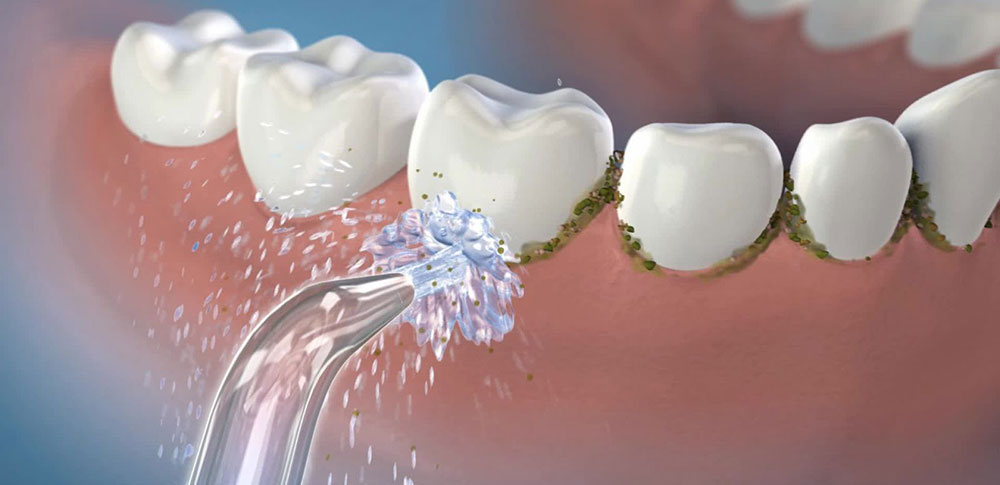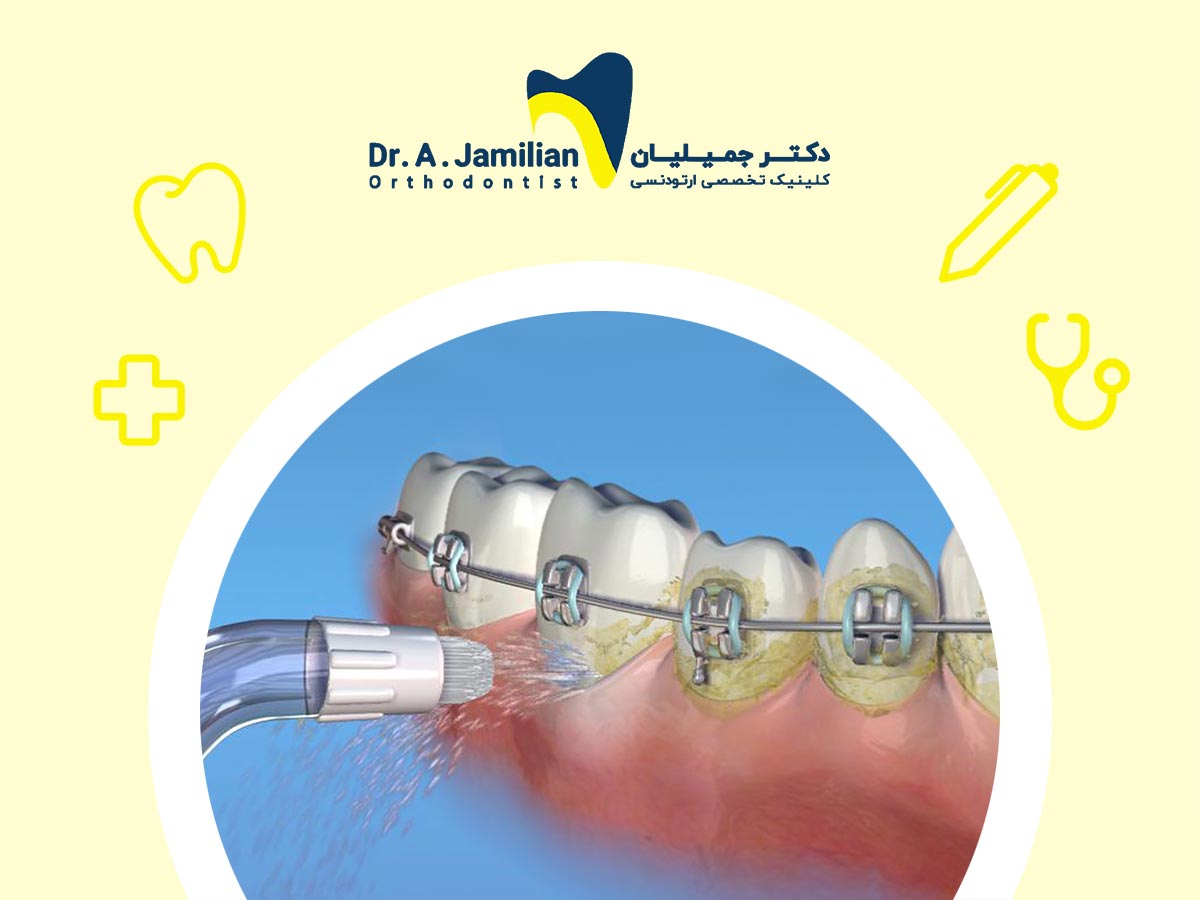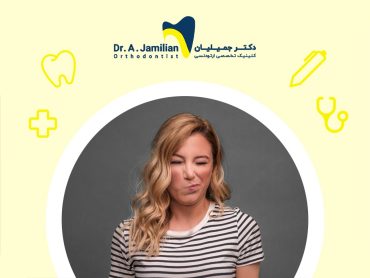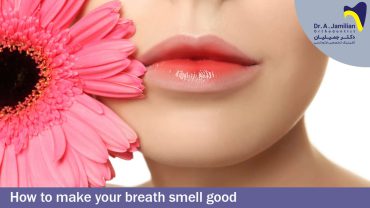We all well know that we need to regularly brush and floss our teeth. However, a question that people frequently ask dentists is which one is better: dental floss or waterpik!
Dental floss
Although tooth brushing is a very effective way to remove dental plaque from the tooth surface, it cannot remove the food debris and plaques stuck between the teeth and under the gums. Therefore, we need to use dental floss to clean these areas of the oral cavity. Dental floss is an efficient and less expensive oral hygiene tool that can be easily used anywhere and anytime. However, dental floss has its own disadvantages; for example, it is difficult to floss some areas of the mouth, irregular flossing can cause mild bleeding gums, dental floss can irritate sensitive gums, and people with certain physical disabilities or diseases such as advanced rheumatoid arthritis cannot easily use dental floss.

How to correctly floss our teeth:
- Break off about 18 inches of dental floss and hold it firmly between your thumbs and index fingers.
- To hold the floss correctly, wind most of the floss around both of your middle fingers and leave only about 1 to 2 inches of floss for your teeth.
- Place the dental floss in between two teeth and gently glide it up and down.
- First clean a tooth and the depth of the gingival sulcus.
- Repeat the steps as you move from tooth to tooth and then gently pull the floss out.
waterpik
Waterpiking means to floss the teeth with water. To this end, there is a need for a device (an oral irrigator) to direct a pressurized stream of water to blast away debris from between and around the teeth. Instead of rubbing the tooth surface with dental floss, this method uses the water flow to clean and massage the gums. Waterpiking is easy to use for those who are undergoing fixed orthodontics (brackets and archwires) or have fixed prostheses (e.g. bridges) in their mouth. It is usually difficult or impossible for such people to use dental floss. However, one of the disadvantages of waterpiking is the expensiveness of waterpik devices. Moreover, since this an electrical device, it is usually difficult to use it outdoors.

How to use a waterpik:
- It is better to first read the device brochure and go through the step described there because each device has its own method.
- Fill your waterpik’s reservoir with lukewarm water.
- Set the water pressure. It is better to start with gentle pressure and gradually increase it if necessary.
- Bend your head towards the sink, put the waterpik tip in your mouth, and then turn it on.
- Start at the back and work your way around your mouth. Focus on the top of your teeth, the gum line, and the spaces between each tooth. Remember to get the back of your teeth, too.
- Hold the waterpik tip towards the interdental space a little longer and let the water pressure to completely clean the embrasure space.
- Finally, turn off the device and clean the tip according to the manufacturer’s instructions.
Now the question is which one is better: flossing or waterpiking? There is really no definite answer to this question because what matters is to well clean the interdental space and the gingival sulcus. An article published in the Journal of Clinical Dentistry presents the results of a comparison between toothbrush/dental floss and toothbrush/waterpik. The results indicated that there was a reduction of 74.4% and 57.7% in dental plaques in the toothbrush/dental floss and toothbrush/waterpik groups, respectively. Other independent studies have also reported that that waterpik was more effective than dental floss in reducing the risk of gingivitis.







